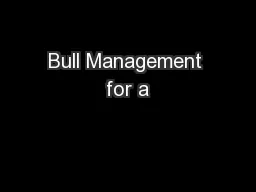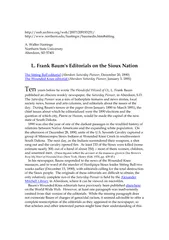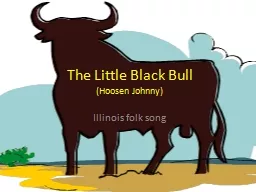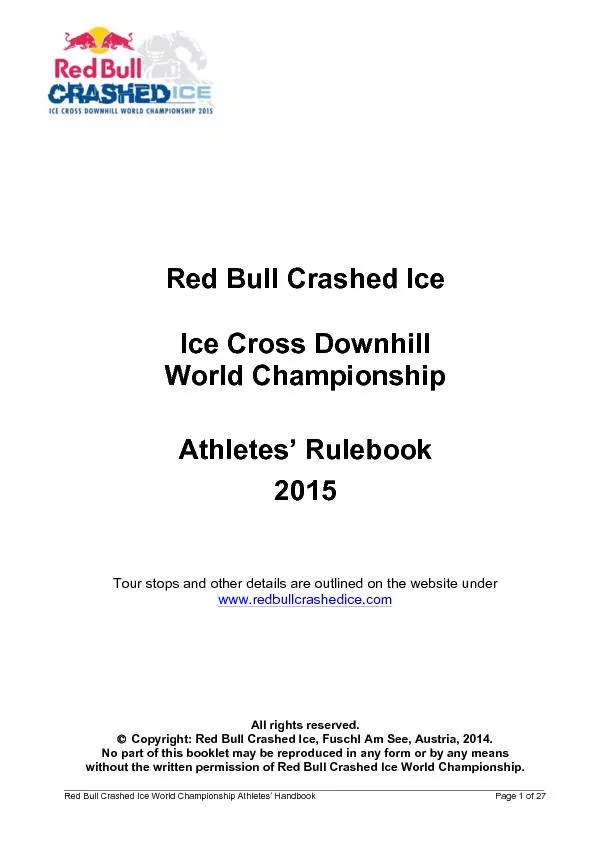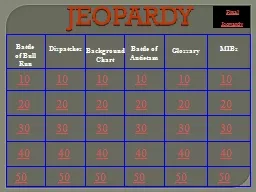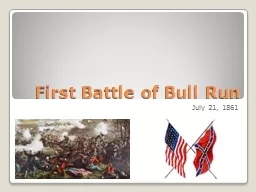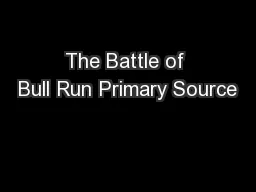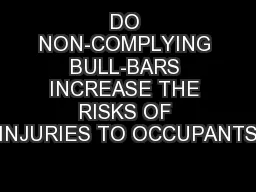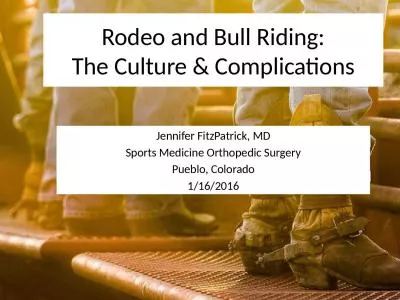PPT-Bull Management for a
Author : briana-ranney | Published Date : 2017-03-26
Successful Breeding Season Dr Jacob Segers Extension Animal Scientist University of Georgia Bull Management General Management Tips Fertility and Reproductive Traits
Presentation Embed Code
Download Presentation
Download Presentation The PPT/PDF document "Bull Management for a" is the property of its rightful owner. Permission is granted to download and print the materials on this website for personal, non-commercial use only, and to display it on your personal computer provided you do not modify the materials and that you retain all copyright notices contained in the materials. By downloading content from our website, you accept the terms of this agreement.
Bull Management for a: Transcript
Download Rules Of Document
"Bull Management for a"The content belongs to its owner. You may download and print it for personal use, without modification, and keep all copyright notices. By downloading, you agree to these terms.
Related Documents

